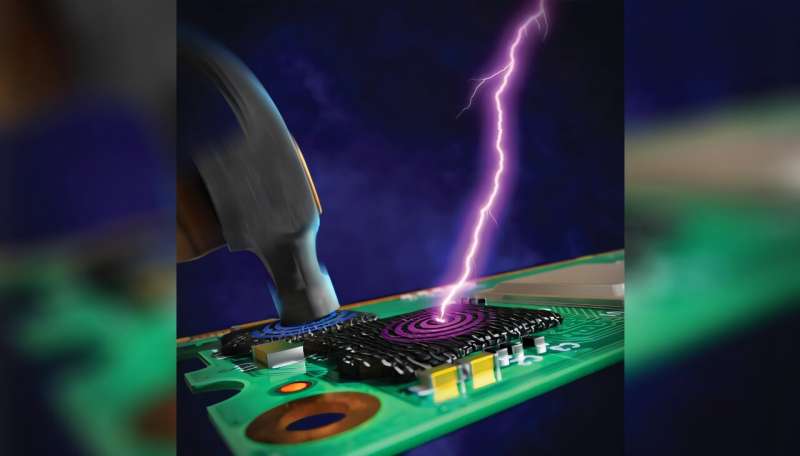In industries where sensitive electronic components and high-stakes equipment are standard, electrostatic discharge (ESD) poses a severe risk. ESD incidents, often triggered by contact with charged objects like human hands or tools, can cause instant failures in integrated circuits, leading to costly damage and workplace hazards.
At Lawrence Livermore National Laboratory (LLNL), researchers have innovated a 3D-printed solution to shield electronics from ESD. Using elastomeric silicone foams directly printed onto circuit boards, they’ve crafted an insulating layer that provides electrical and mechanical protection for delicate components. Their findings are published in ACS Applied Materials & Interfaces.
A Novel 3D Printing Approach for Electronics Safety

Leveraging 3D printing, researchers can create cellular foams with unique pore structures, optimizing them to spread out mechanical stress and prevent deformation. This technique allows precise control over the foam’s architecture, finely tuning properties like compressibility and elasticity for specific uses.
One of the methods employed, direct ink writing (DIW), enables the team to print silicone resins with custom-designed properties. These resins, specifically formulated to include carbon nanotubes (CNTs) and rheological modifiers, create a conducive yet stable surface that dissipates static electricity and cushions the circuits. This innovation was tested with a stress test, where the printed silicone foam successfully protected a circuit board even under a hammer strike.

Although still in development, this 3D-printed ESD protection could prove indispensable for medical technology, robotics, and more electronic components. With planned refinements, this approach could enhance durability and reduce costs in applications with critical electronic stability.
Opinion: What This Means for Electronics Manufacturing
This breakthrough reflects how 3D printing transforms the electronics industry, allowing for custom, on-demand protection solutions that weren’t feasible before. By embedding protective materials like CNTs directly into a 3D-printable resin, LLNL’s research could open the door to safer and more reliable devices across sectors. In areas like healthcare and industrial automation, where failure of components can be catastrophic, these innovations may redefine safety standards and introduce cost savings. Additionally, as 3D printing and materials science continue to evolve, the availability of such customizable protection options could become the norm, ushering in a new era of resilient, self-protecting electronics.
Source: techxplore.com


